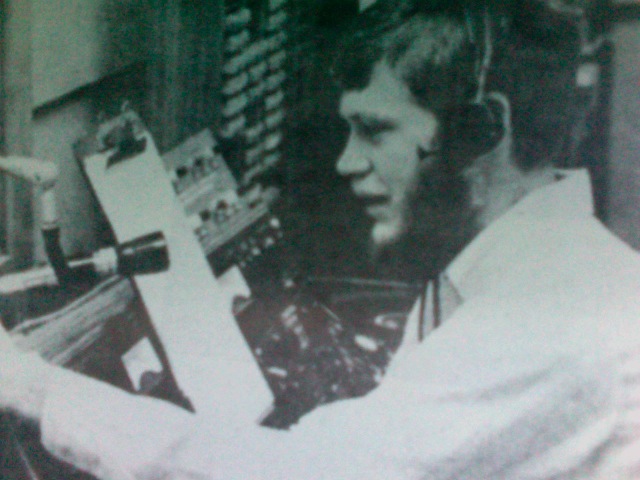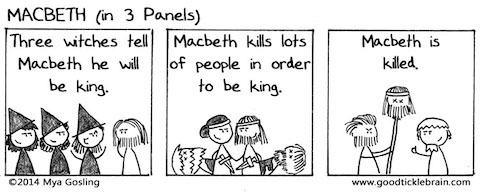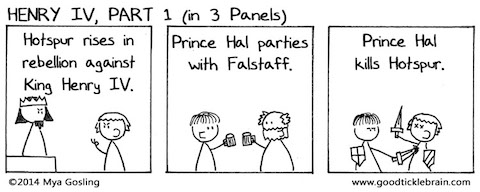“There was no Peter Sellers,” author Bruce Jay Friedman once wrote. “He was close to panic as himself and came alive only when he was impersonating someone else.”
While Sellers might have been a curiously detached and deeply insecure person in real life, he was a striking, memorable figure on the silver screen. His comic imagination and stunning versatility made him the stand out in just about every movie he was in. In Stanley Kubrick’s Dr. Strangelove, Sellers played three different roles using three very different accents – the upper crust plumminess of Capt. Mandrake, the Midwestern flatness of the hapless President Muffley and the shrieking Teutonic lilt of Dr. Strangelove whose voice is a bit like how one might imagine Henry Kissinger’s after fifteen Red Bulls.
Sellers, of course, got his start in the radio and throughout his career, he continued to make audio recordings of his comedy routines. In his 1979 bit, The Complete Guide To Accents of The British Isles, Sellers shows just how good a mimic he really is.
The piece is narrated by Don Shulman, an American professor of “accents and languages” who likes little more than to go to Europe to “hear the music of the other languages…Hearing French spoke, for example, is a sensual experience.” And then what follows is a minute or so of pitch-perfect gibberish that does in fact sound a lot like French. He then moves on to the sound of other languages. “The music of the German language, on the other hand, is exciting and slightly, well, slightly frightening. Like a shower of cold beer.”
As you might guess from the title, Sellers then moves on to the British Isles. We’re treated to a song about Argentina sung in a nearly incomprehensible Cockney, a meandering monologue by a hotel owner in a similarly dense Sussex accident. Shulman then talks to people in Birmingham, Yorkshire, Glasgow and Liverpool among others. And the whole thing is all done by one spectacularly talented person. It’s like the audio equivalent of a perfectly executed magic trick or dance routine. And, unlike Criss Angel, Sellers is (intentionally) funny. Check out part one up top and part two below that.
Related Content:
A Brief Tour of British Accents: 14 Ways to Speak English in 84 Seconds
Peter Sellers Gives a Quick Demonstration of British Accents
Peter Sellers Reads The Beatles’ ‘She Loves You’ in Four Voices
Sir Patrick Stewart Demonstrates How Cows Moo in Different English Accents
Jonathan Crow is a Los Angeles-based writer and filmmaker whose work has appeared in Yahoo!, The Hollywood Reporter, and other publications. You can follow him at @jonccrow.




